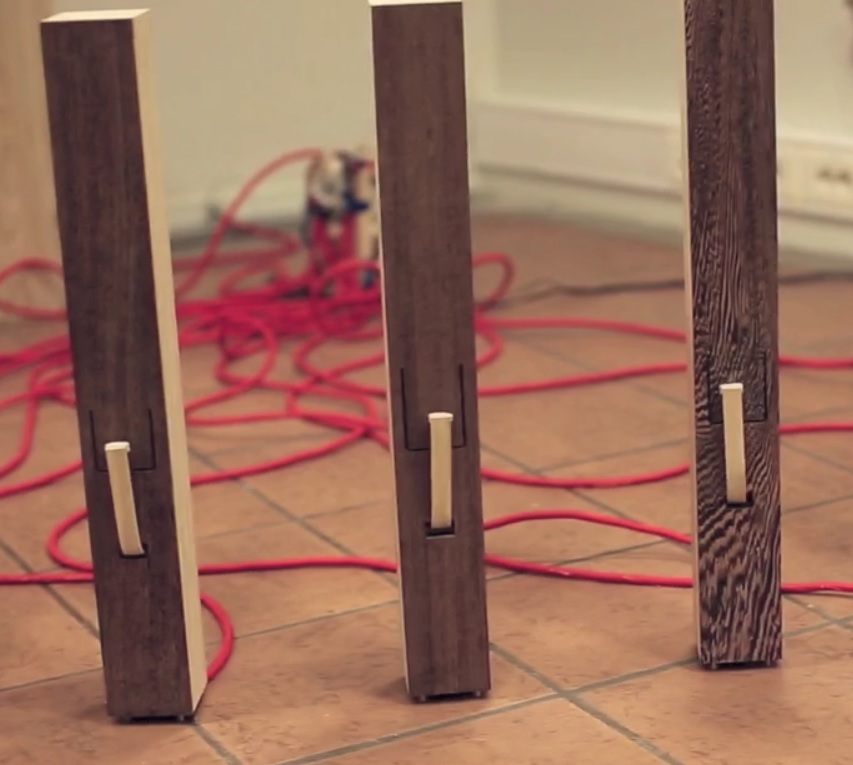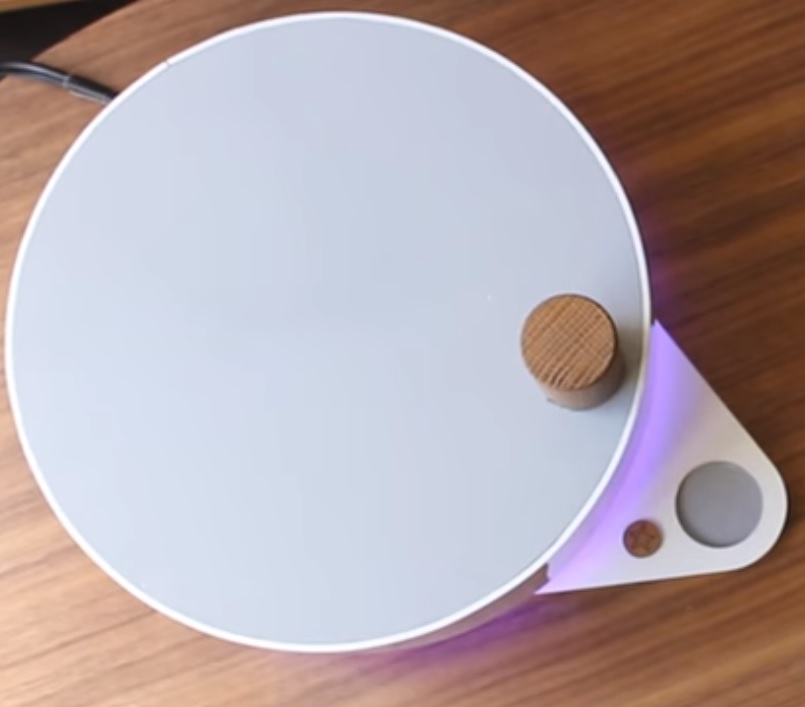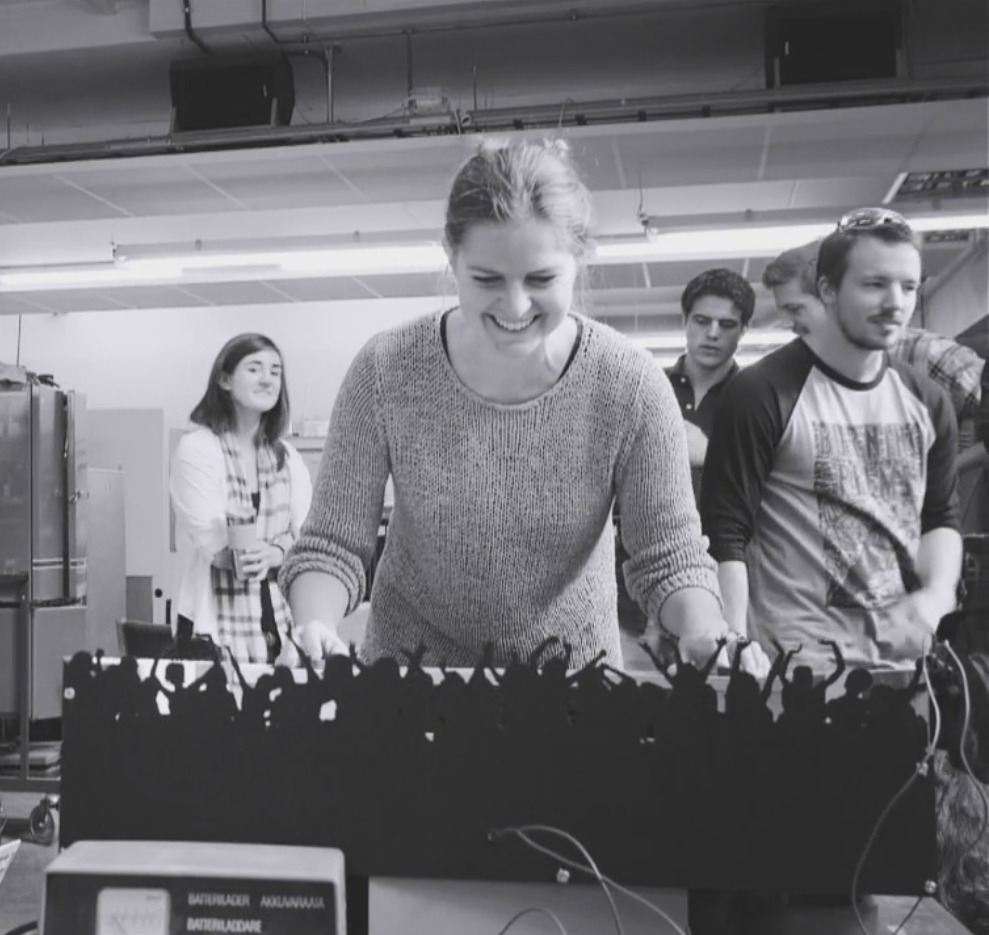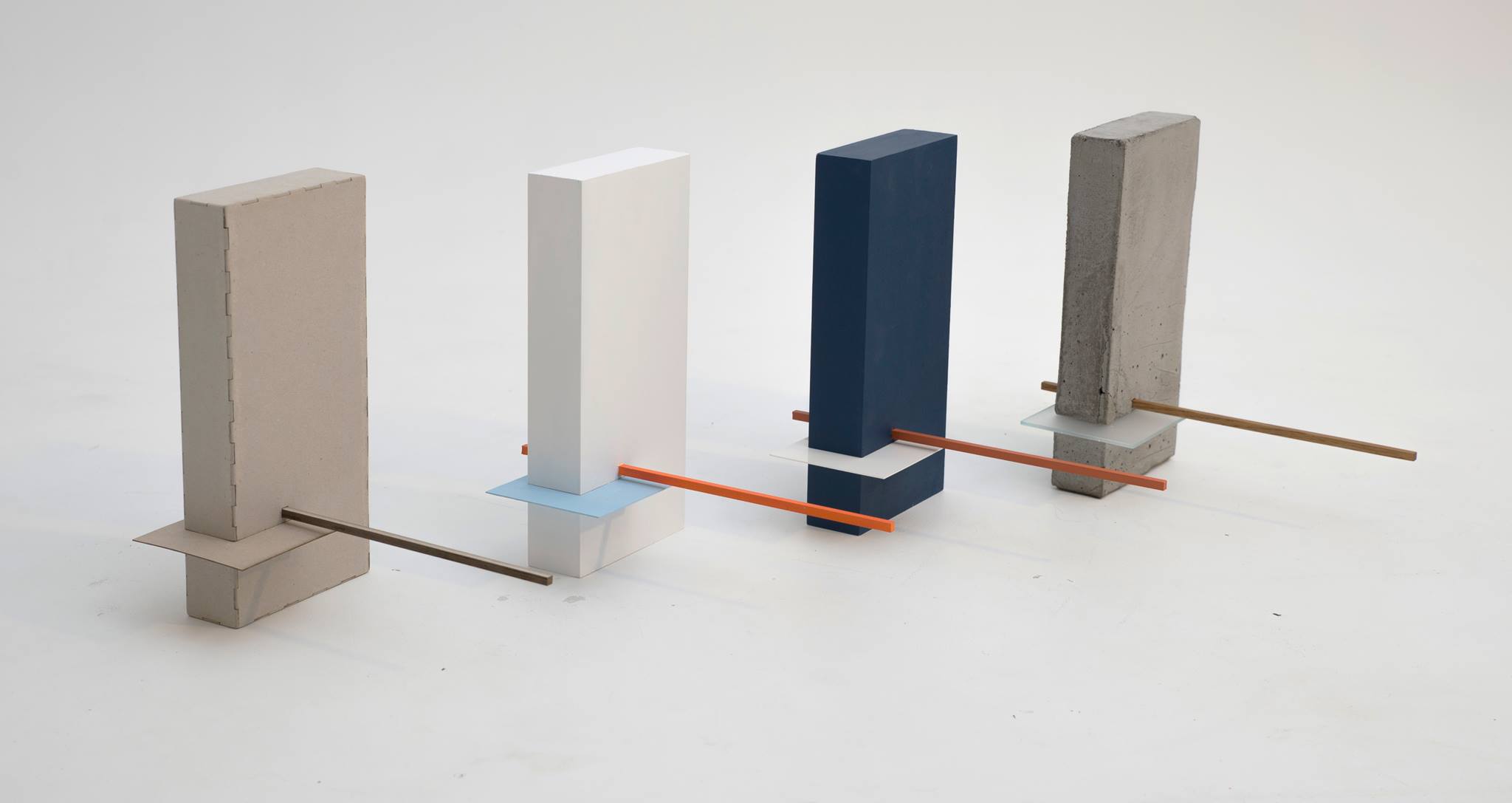Student projects - Department of Design
Student projects
To give an impression of what the students do and learn during the courses, some of the finished projects can be found on the pages below.
Esthetics
Esthetics
In our three esthetics courses we focus on the cultivation of technology, objects and space.
Visit the Facebook site 'Estetikk i design NTNU' about the courses to see some examples of student projects.
Design 5
Design 5

In the course Design 5 our students play around with mechatronics in a creative fashion. See here some links from the 2014 course.
Beatboxes and Beatboxes på Technoport
WonderWall and WonderWall - Making ofPrototyping interactive media
Prototyping interactive media

Our students do great work in the course of Prototyping Interactive Media. In this course, students implement, test and present a simple interactive media system with at least two virtual characters interacting with the external world through simple sensors.
On these sites you can view some of their projects:
Mechatronics
Mechatronics

In the course Mechatronics for Designers the students get a basic understanding of mechatronic systems' characteristics. They gain experience with building a working prototype involving electrical engineering, electronic control, pneumatics, and mechanics.
Game Design
Game Design
In the Game Design course, students from Music Technology, Computer Science and Industrial Design work together in order to create, user test and prototype games. The students create working prototypes of both a physical broad game and digital computer game. For the computer game students work in duos to create a 2D game in Unity, a design document in which they document the final game, and an exhibition for the school.
View and play some of projects on Game Design 2015.
Examples of projects


